The
Aleph |
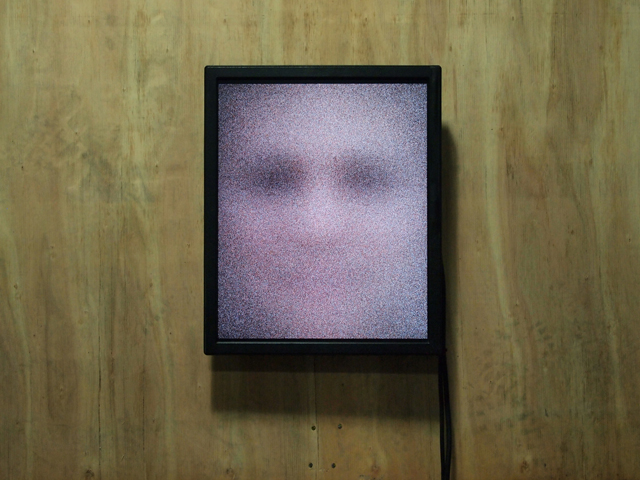
10000
Faces at Funeral, The Aleph (Installation view),
2011,
Computer, LCD monitor, and custom-software,
Variable dimensions
"The
Aleph?" I repeated.
"Yes,
the only place on earth where all places
are -- seen from every angle, each standing
clear, without any confusion or blending..."
<The
Aleph>, Jorge Luis Borges |
Seeing the world through photographs
Photographs are a source of realistic and symbolic information about the world. A number of artists including John Baldessari, Hans-Peter Feldmann and Joachim Schmid have explored social and cultural collectivity through found photographs since the late 1960s.
Photographs on the Web
The accessibility and materiality of photographs on the Web bring new possibilities to such a practice. Billions of annotated photographs taken from around the world are readily accessible, and the images can be automatically analysed and synthesized beyond physical limitations. The web photo archive provides a foundation to explore the world from new perspectives.
The Aleph
'The Aleph' project attempts to realize the possibility. First, it searches for photographs by keywords from Flickr in realtime. Second, it extracts a given number of faces from the photos and save them in database with updating continually. Third, it composes a dynamic average face with the faces.
The collective face
Faces are windows into human nature. The face appearing on 'The Aleph' reflects the contextualized collective human face of the age. |
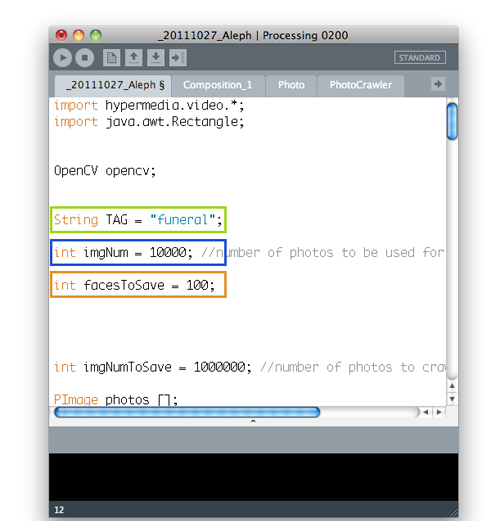
' 'The Aleph' software written in Processing
The custom software searches for photographs tagged
a typed keyword, 'funeral' in the figure', from
the Flickr website in real-time, and extracts
faces from the photos, resize them to 100
x 100 pixels and save the images. It keeps
searching and extracting to maintain the
amount of the faces to be a given number,
10,000 this time, and to keep the images
updated, up to 100 new faces every 5 minutes
this time. With the database of faces, it
constructs 1000 x 1000 pixel moving
images. |
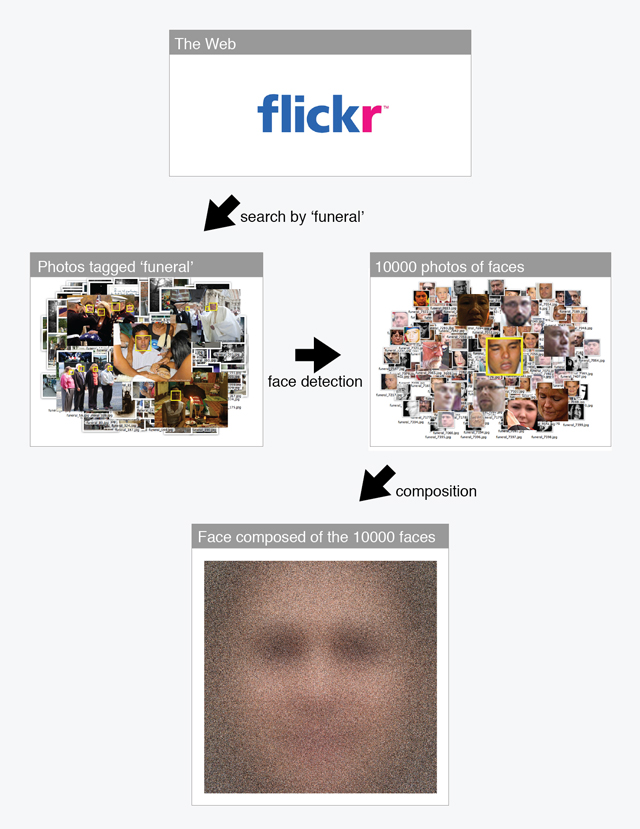
10000
Faces at Funeral, The Aleph (Conceptual architecture), 2011
The each
composite image is constructed in the following
manner. Initially, the composite image plane
is divided into a 100 x 100 grid of cubes;
the size of the each cube is to be 10
x 10 pixels. Then the system randomly chooses
a face, which is composed of 100 x 100 pixels,
from the database, extracts the a pixel
and place it in the corresponding grid location
of the composite image. For example, if
the second pixel in the third row of the
face image is chosen, the pixel is to be
placed in the second cube in the third
row of the composite image plane. Finally,
after one million selection, an average
face of the ten thousand faces is shown
on the monitor. Besides, the composed face
never remains the same since the composition
is performed every second and the face
image database is continually updated with
recently uploaded photographs. |
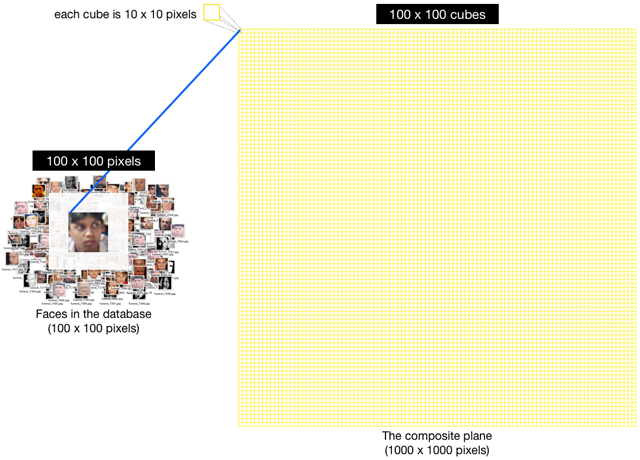
The
composition process
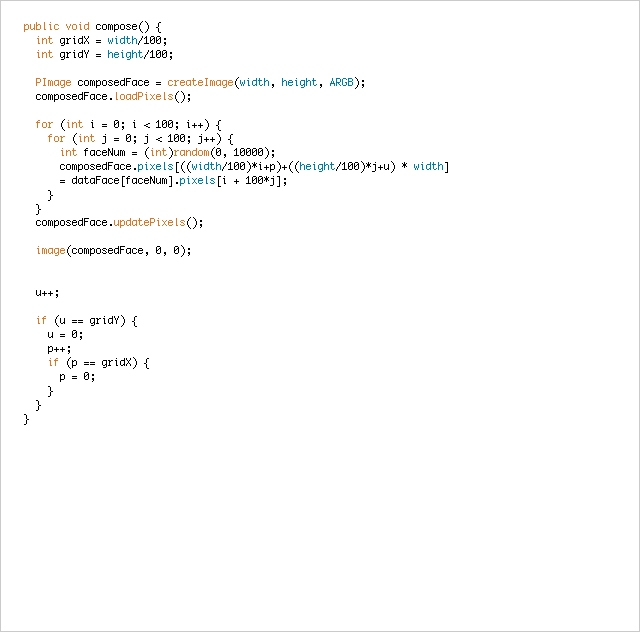
The
source code for composing the collective face


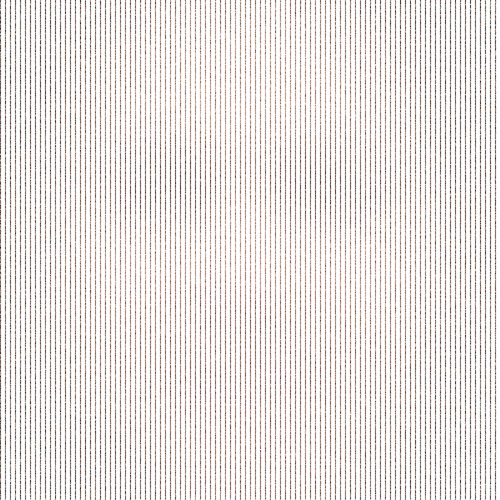
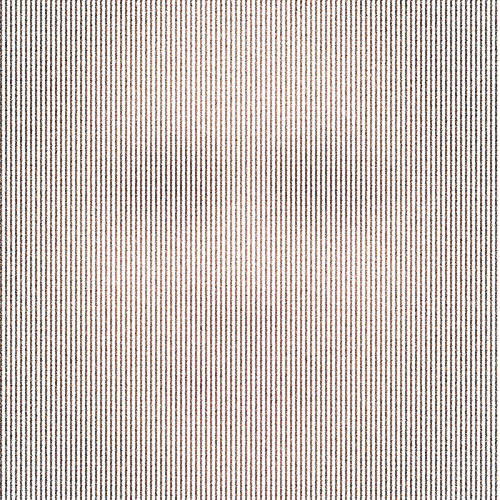
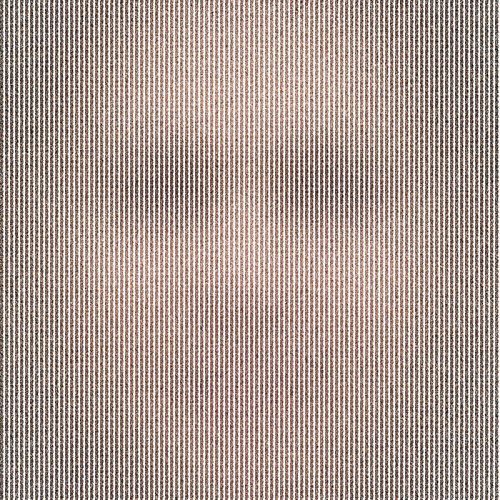
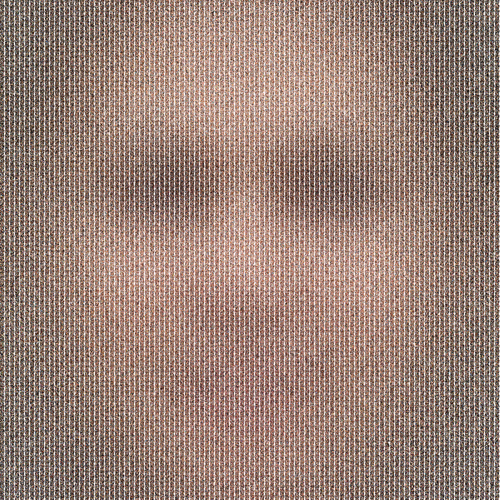
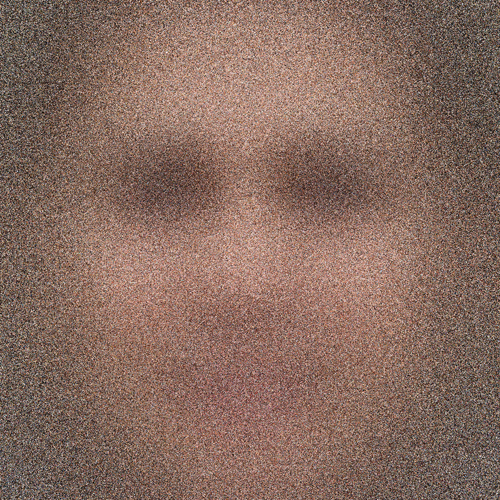
|
|
The
documentary of 10000 Faces at Funeral, The Aleph,
2011
On the back part of the
step, toward the right, I saw a small iridescent
sphere of almost unbearable brilliance.
At first I thought it was revolving; then
I realised that this movement was an illusion
created by the dizzying world it bounded.
The Aleph's diameter was probably little
more than an inch, but all space was there,
actual and undiminished. Each thing (a mirror's
face, let us say) was infinite things, since
I distinctly saw it from every angle of
the universe. I saw the teeming sea; I saw
daybreak and nightfall; I saw the multitudes
of America; I saw a silvery cobweb in the
center of a black pyramid; I saw a splintered
labyrinth (it was London); I saw, close
up, unending eyes watching themselves in
me as in a mirror; I saw all the mirrors
on earth and none of them reflected me;
I saw in a backyard of Soler Street the
same tiles that thirty years before I'd
seen in the entrance of a house in Fray
Bentos; I saw bunches of grapes, snow, tobacco,
lodes of metal, steam; I saw convex equatorial
deserts and each one of their grains of
sand; I saw a woman in Inverness whom I
shall never forget; I saw her tangled hair,
her tall figure, I saw the cancer in her
breast; I saw a ring of baked mud in a sidewalk,
where before there had been a tree; I saw
a summer house in Adrogue and a copy of
the first English translation of Pliny --
Philemon Holland's -- and all at the same
time saw each letter on each page (as a
boy, I used to marvel that the letters in
a closed book did not get scrambled and
lost overnight); I saw a sunset in Queretaro
that seemed to reflect the colour of a rose
in Bengal; I saw my empty bedroom; I saw
in a closet in Alkmaar a terrestrial globe
between two mirrors that multiplied it endlessly;
I saw horses with flowing manes on a shore
of the Caspian Sea at dawn; I saw the delicate
bone structure of a hand; I saw the survivors
of a battle sending out picture postcards;
I saw in a showcase in Mirzapur a pack of
Spanish playing cards; I saw the slanting
shadows of ferns on a greenhouse floor;
I saw tigers, pistons, bison, tides, and
armies; I saw all the ants on the planet;
I saw a Persian astrolabe; I saw in the
drawer of a writing table (and the handwriting
made me tremble) unbelievable, obscene,
detailed letters, which Beatriz had written
to Carlos Argentino; I saw a monument I
worshipped in the Chacarita cemetery; I
saw the rotted dust and bones that had once
deliciously been Beatriz Viterbo; I saw
the circulation of my own dark blood; I
saw the coupling of love and the modification
of death; I saw the Aleph from every point
and angle, and in the Aleph I saw the earth
and in the earth the Aleph and in the Aleph
the earth; I saw my own face and my own
bowels; I saw your face; and I felt dizzy
and wept, for my eyes had seen that secret
and conjectured object whose name is common
to all men but which no man has looked upon
-- the unimaginable universe.
<The
Aleph>, Jorge Luis Borges |
The
images below have been created by 'The Aleph' using
photographs tagged by different words or phrases, and different
number of face database.

10,000
faces, "funeral"

10,000
faces, "birthday party"

1,000
faces, "divorce"

1,000
faces, "wedding"

1,000
faces, "end"

1,000
faces, "start"

1,000
faces, "hatred"

1,000
faces, "love"
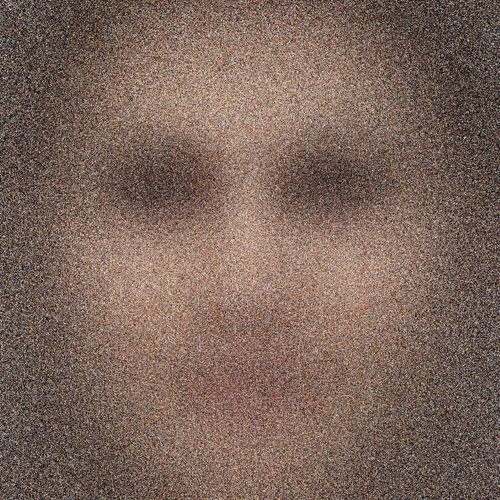
1,000
faces, "evil"

1,000
faces, "good"
|
|
|





















